How Much Does Tattoo Removal Cost
Regret your tattoo? Say goodbye to unwanted ink!

Image: Shutterstock
So you have outgrown that tattoo you got way back. Wondering how much tattoo removal costs? As tattoos become more prevalent, so does the desire to erase or modify them. The cost of tattoo removal varies widely, influenced by factors such as the size, color, and type of ink used. A recent survey revealed that 24% of individuals in the United States express remorse over having one or more unwanted tattoos (1). The intriguing process of tattoo removal involves advanced technologies like laser therapy or dermabrasion, each impacting the overall cost. You need to understand the pricing of these treatments before embarking on this transformative journey. In this article, we delve into the intricate world of tattoo removal costs, shedding light on what factors contribute to the expenses associated with bidding adieu to your artistic past.
In This Article
How Much Does Tattoo Removal Cost?
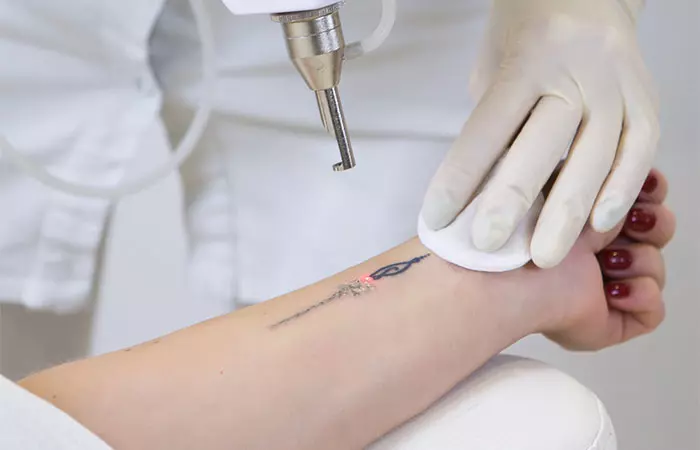
The average cost of tattoo removal varies based on factors like the method of removal and the size, color, and location of the tattoo. Generally, each treatment session can range from $200 to $500, and multiple sessions are often required for effective removal. Small or minimalist tattoos may cost less, while larger or more complex ones can incur higher expenses. Advanced technologies, like laser treatments, tend to be pricier but are more effective. Overall, the total cost can range from $1,000 to $10,000 or more, with factors like the number of sessions and the expertise of the practitioner influencing the final price. Consultation with a specialized clinic helps determine a more accurate estimate.
The cost of tattoo removal can vary based on several factors. Check out some of the key factors that can influence the cost of tattoo removal in the following section.
Key Takeaways
- Tattoo removal costs vary based on size, color, and location, with sessions ranging from hundreds to thousands of dollars.
- There are many tattoo removal methods to choose from, namely Laser, IPL, Dermabrasion, salabrasion, chemical peels, and more.
- Laser therapy is the most common and effective method for tattoo removal, compared to other techniques.
- Tattoo removal alternatives include topical creams, non-medical professional laser removal, and home-based methods like salabrasion or dermabrasion.
What Affects The Cost Of Tattoo Removal?
1. Size Of The Tattoo
Generally, larger tattoos require more sessions for removal that can increase the overall cost, even more so if the tattoo is very intricate. The cost may also change if you only want to remove a small part of your design compared to a complete tattoo removal session.
2. Ink Color And Type
Some ink colors are more challenging to remove than others. Darker colors, like black, are usually easier to remove than brighter colors like yellow or green. Additionally, professional tattoos often use higher-quality inks that may be more resistant to removal.
3. Location Of The Tattoo
The location of the tattoo on your body may affect the cost. Tattoos located closer to the heart tend to fade more quickly, as blood flow helps break down the ink particles.
4. Age Of The Tattoo
Older tattoos are often easier to remove than newer ones. The body’s natural processes may have already started to break down the ink over time.
5. Skin Tone
In general, laser tattoo removal tends to be more effective and safer on individuals with fairer skin or lighter skin tones. Darker skin tones may be at a higher risk of pigmentation changes, including hyperpigmentation, that may affect the overall outcome of the tattoo removal process. Some specialized lasers and techniques may be required for individuals with darker skin colors, which may influence the cost of the procedure.
6. Professionalism Of The Tattoo Artist
If the tattoo was done by a skilled and experienced artist, it may be more challenging to remove, as they likely used higher-quality inks and techniques.
7. Type Of Removal Technology
There are different methods of tattoo removal, including laser removal, excision, and dermabrasion. Laser tattoo removal is the most common method and is generally considered the most effective. Different types of lasers may be used, and the technology’s sophistication can affect the cost.
8. Number Of Sessions Needed
The number of sessions required for complete removal depends on various factors (tattoo size, ink type, and individual skin response impact session frequency). More sessions may increase the overall cost.
9. Geographical Location
The cost of tattoo removal can vary based on the region or country. In areas with higher living costs, such as major cities, prices may be higher.
10. Clinic Reputation And Expertise
Clinic reputation and expertise play a pivotal role in tattoo removal costs. Established clinics, boasting seasoned specialists, often command higher fees. Skilled physicians not only enhance effectiveness but also minimize the risk of complications, such as scarring. Their experience instills confidence, ensuring a safer and more successful tattoo removal process.
As mentioned above, one of the major factors that influence the cost of a tattoo removal procedure is the method used. Learn more about the different methods in the next session.
 Did You Know?
Did You Know?How Does Tattoo Removal Work?
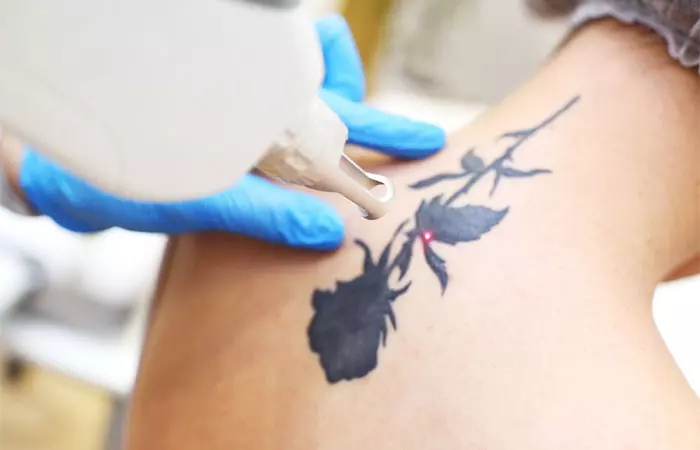
There are several methods for tattoo removal, each with its own advantages and limitations. If you are wondering how to remove a tattoo, it’s important to consider every method before taking the plunge. These methods may also vary in their cost per session. Here are some common methods:
1. Laser Tattoo Removal
Cost Range:
$500-$3,000 per session
The most common and widely used method for tattoo removal is laser therapy. This technique utilizes high-intensity laser light beams that penetrate the skin to break down the tattoo ink into smaller particles. Then, the body’s immune system naturally eliminates these smaller ink particles over time. Each different laser wavelength targets specific colors in the tattoo, allowing for a more targeted approach. The cost of laser tattoo removal treatment sessions are typically spaced out to allow the flawless skin to heal between treatments. Don’t compromise safety for cost; prioritize clinics that use FDA-approved laser technology for tattoo removal.
 Quick Tip
Quick Tip2. Intense Pulsed Light (IPL)
Cost Range:
$500-$2,000 per session
Similar to laser removal, IPL is another light-based method that targets tattoo pigments. Here, multiple wavelengths of light are emitted in quick pulses, breaking down the tattoo ink. While IPL can be effective for some tattoos, it may not be as precise as laser removal, making it more suitable for certain colors and skin types.
3. Dermabrasion
Cost Range:
$1,000-$4,000 per session
Dermabrasion involves the removal of the outer layers of skin containing the tattoo using a high-speed rotary device. This entire process essentially ‘sands down’ the skin to reach the deeper layers where the tattoo ink resides. While dermabrasion can be effective, it often requires multiple sessions and may result in more extended healing periods compared to laser removal.
4. Salabrasion
Cost Range:
$500-$2,000 per session
Salabrasion is an older, less common removal method that involves the application of a salt solution to the tattooed area. The salt is rubbed into the skin using an abrasive tool, causing the skin to peel off along with the tattoo ink. Although salabrasion is less precise than laser removal and may lead to scarring, some individuals still opt for this method due to its simplicity.
5. Chemical Peels
Cost Range:
$800-$3,000 per session
Chemical peels involve the application of an acid solution to the skin, causing controlled exfoliation and peeling. While primarily used for skin rejuvenation, certain types of chemical peels can aid tattoo removal. The acid penetrates the outer layers of the skin, encouraging cell turnover and potentially lightening the tattoo over time. However, like other methods, chemical peels may require multiple sessions and their effectiveness can vary based on factors such as tattoo size, depth, and colors.
6. Surgical Excision
Cost Range:
$1,000-$5,000 per session
Surgical excision involves cutting out the tattooed skin and stitching the wound. Though it is generally used for smaller tattoos, this method leaves noticeable scars. Surgical excision is typically reserved for specific cases where other methods prove challenging. It is recommended to get this treatment only done by an expert plastic surgeon to reduce the risk of scarring and avoid a delay in healing. This approach is less common than non-invasive methods like laser removal and requires careful consideration.
7. Topical Creams
Cost Range:
$50-$500 per treatment
Tattoo removal creams contain various chemicals designed to break down tattoo pigments. These creams are applied directly to the tattooed area and work gradually over an extended period. However, their efficacy is often debated and results can vary. Creams are generally considered less effective than any of the other removal methods and their use may be accompanied by skin irritation.
Chris Michael Harris, a YouTuber, shares his experience getting a tattoo removed, expressing a desire to maintain a specific aesthetic. He describes the outdated design of his original tattoo and the decision to remove it. After the removal, he says, “It’s a different feeling than getting it but it’s not worse (i)”
These were some tattoo removal methods that can work for almost anyone. Now, scroll down to discover how long it takes to remove a tattoo.
How Long Does It Take To Remove A Tattoo?
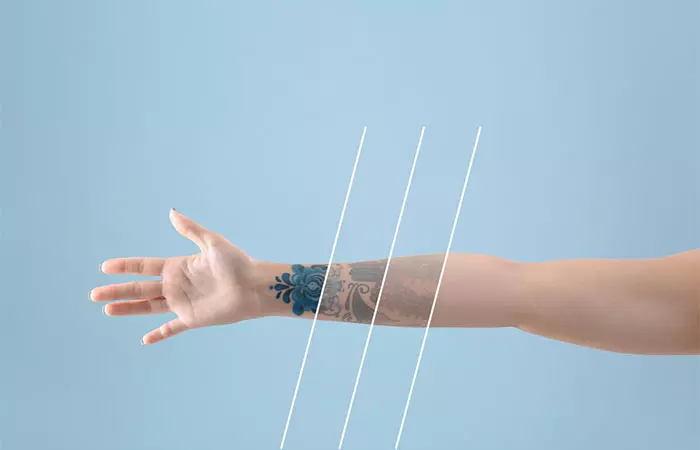
The duration of a tattoo removal procedure varies based on factors such as the tattoo’s size, tattoo and skin color, age, and the chosen removal method. Laser treatments, the most common approach, typically require multiple sessions spaced several weeks apart for optimal results, contingent on factors like tattoo size and color complexity. Other methods, like dermabrasion and salabrasion, depend on the procedure’s extent. It’s essential to consult with a professional for an accurate estimate and to follow proper aftercare to promote healing time and minimize potential complications, as complete removal is not guaranteed, and scarring may occur.
If you are seeking budget-friendly alternatives for tattoo removal, you should actively explore more budget-friendly options. Take a look!
Are There Cheaper Tattoo Removal Options?
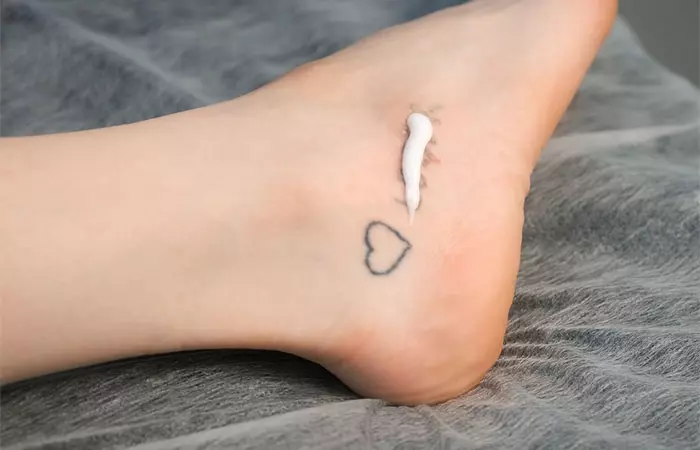
Cheaper tattoo removal methods include a variety of options such as topical creams, laser sessions performed by non-medical professionals and home-based techniques like salabrasion or dermabrasion. Another option is getting a cover-up tattoo to blend into or hide the existing one. However, these alternatives may be less effective, pose higher risks of scarring or infection, and often require multiple sessions.
In the upcoming section, let’s examine whether insurance covers the costs of tattoo removal procedures.
Does Insurance Cover Tattoo Removal?
Typically, health insurance does not cover Tattoo removal, as it is considered a cosmetic procedure. Insurance coverage plans usually exclude coverage for elective, non-medically necessary treatments. Exceptions may arise if the tattoo poses a health risk or is linked to a medical condition. Individuals seeking tattoo removal for aesthetic reasons often have to cover the costs themselves. It’s crucial to consult with your insurance provider to understand specific policy details. In most cases, alternative payment methods, such as personal financing or payment plans offered by tattoo removal clinics, are necessary for those seeking this elective procedure.
Navigating the realm of body tattoo removal costs reveals a nuanced landscape influenced by factors such as size, color, and the many removal methods. The burning question of “How much does tattoo removal cost?” prompts an exploration into the intricacies of bidding away your inked regrets. Various techniques, from laser therapy to dermabrasion, contribute to a price range spanning hundreds to thousands of dollars. The decision-making process involves considering the entire tattoo’s size, ink type, and even the artist’s expertise. While insurance typically doesn’t cover these procedures, understanding the dynamic factors shaping costs equips individuals with the knowledge to make informed decisions on their transformative journey away from your inked past. Remember that the average cost of tattoo removal varies, and it’s crucial to consult with professionals for accurate estimates based on individual circumstances.
Frequently Asked Questions
Is tattoo removal easier in Black skin?
No, tattoo removal can be more challenging for Black and dark-skinned people due to the risk of hyperpigmentation or hypopigmentation. Consulting a skilled professional experienced in treating diverse skin tones, including dark skin, is crucial for safe and effective removal.
Does Vaseline fade tattoos?
Applying Vaseline to a healing tattoo is generally discouraged as it can clog the pores and hinder the healing process and recovery time, but it does not fade tattoos when used on fully healed ones.
If you are still uncertain about the expenses associated with laser tattoo removal, check out this video that sheds light on the laser tattoo removal costs and prices. Click here to learn all about the factors that affect the price and gain insight into the realm of costs related to laser tattoo removal!
Personal Experience: Source
StyleCraze's articles are interwoven with authentic personal narratives that provide depth and resonance to our content. Below are the sources of the personal accounts referenced in this article.
i. My Laser Tattoo Removal Experience | Upper Arm, Pain, Cost, and Why I’m removing it!https://www.youtube.com/watch?v=LcKPUrneMhY
References
Articles on StyleCraze are backed by verified information from peer-reviewed and academic research papers, reputed organizations, research institutions, and medical associations to ensure accuracy and relevance. Read our editorial policy to learn more.
- 32% of Americans have a tattoo, including 22% who have more than one
https://www.pewresearch.org/short-reads/2023/08/15/32-of-americans-have-a-tattoo-including-22-who-have-more-than-one/
Read full bio of Jayd Hernandez
Read full bio of Pahul Nanra
Read full bio of Anjali Sayee
Read full bio of Manjari Uppal







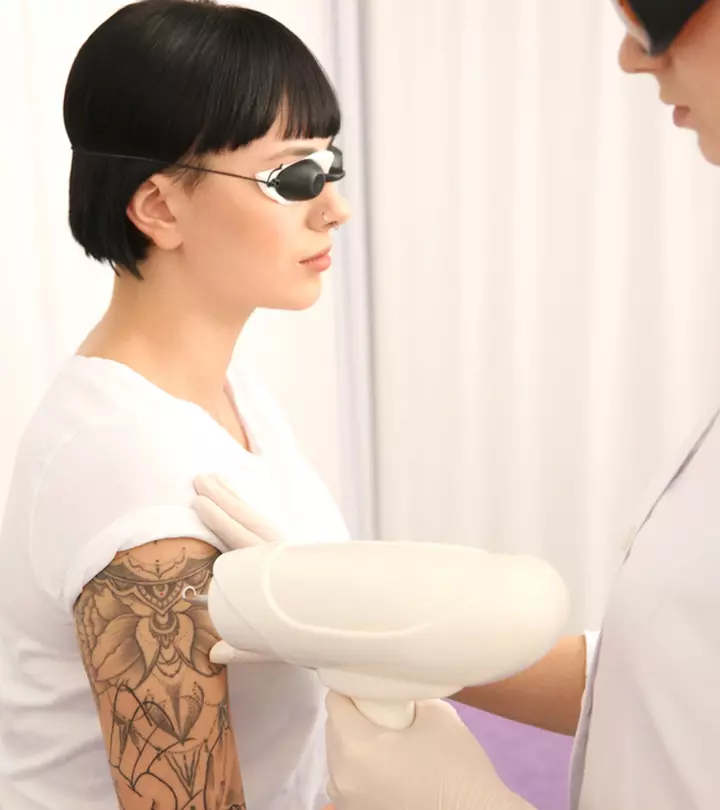

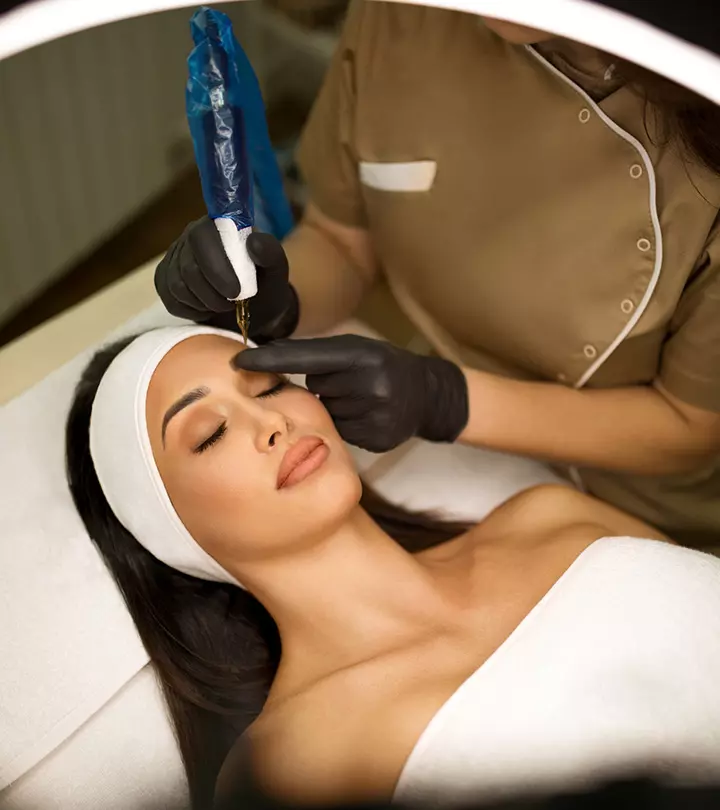


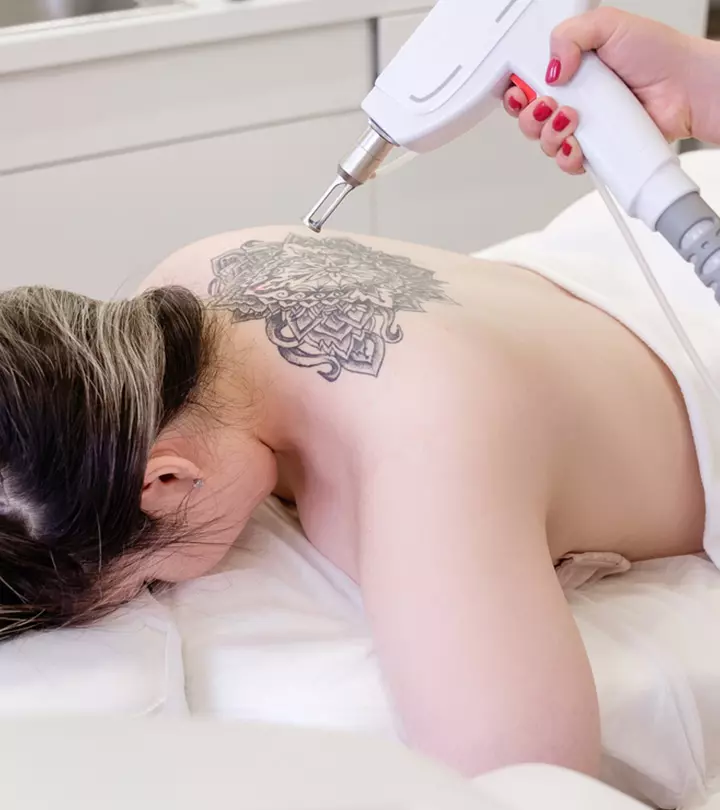
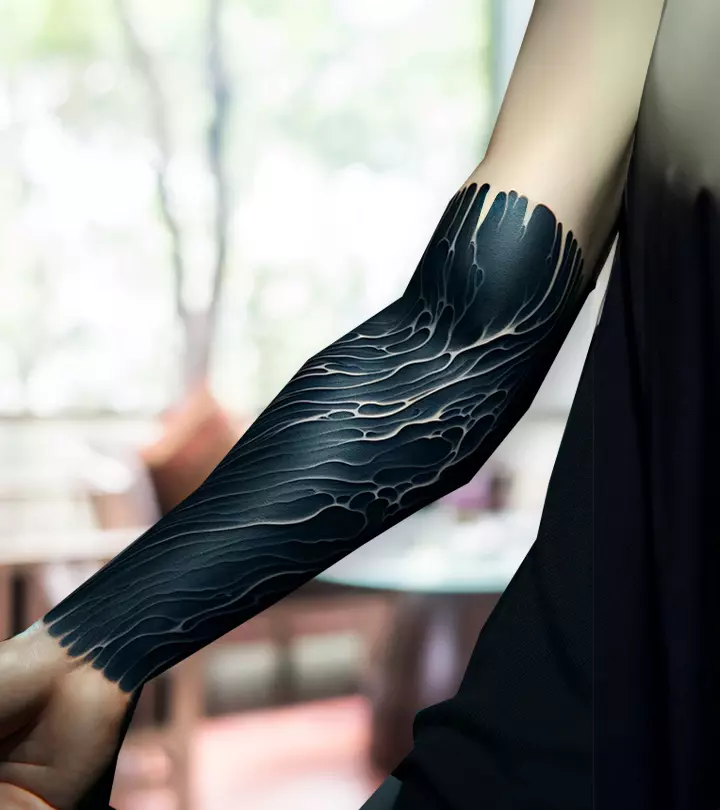
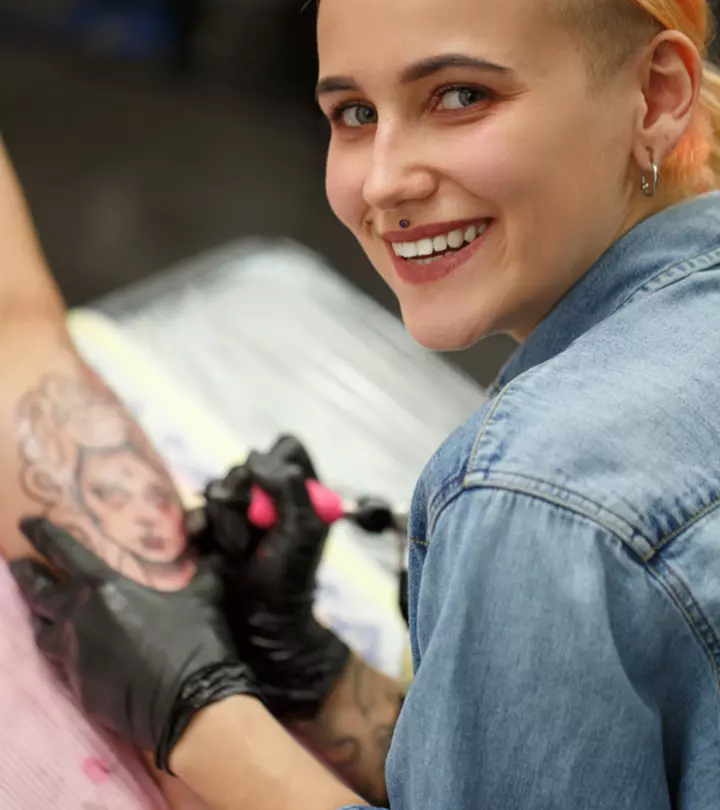
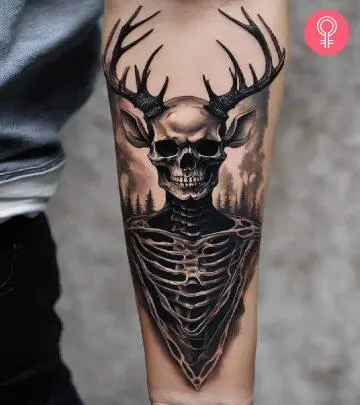


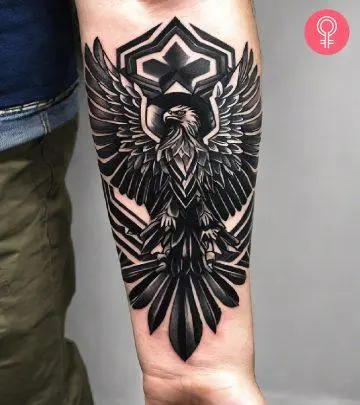


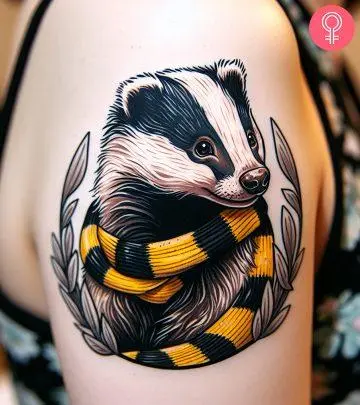
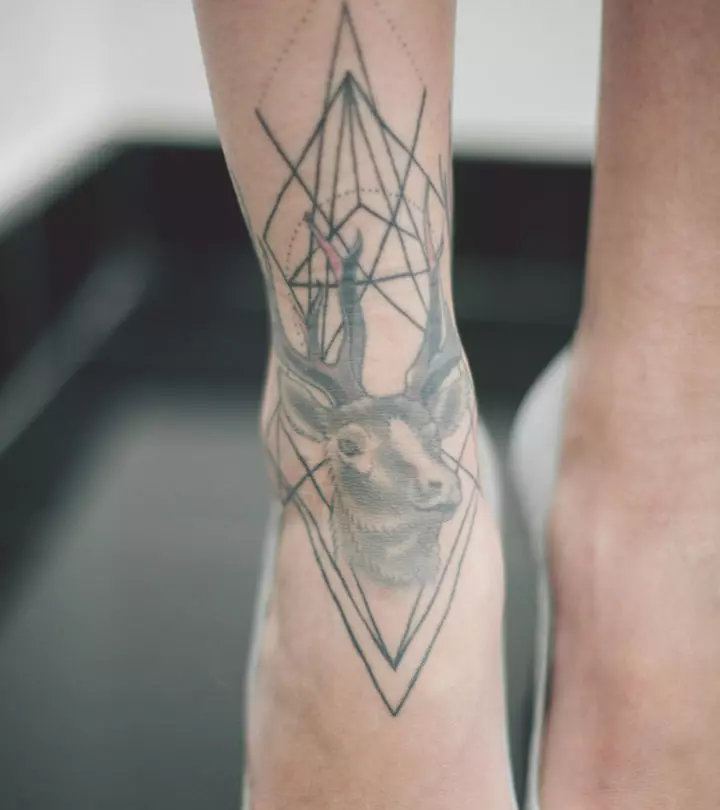

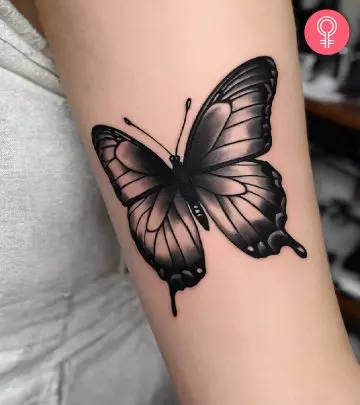

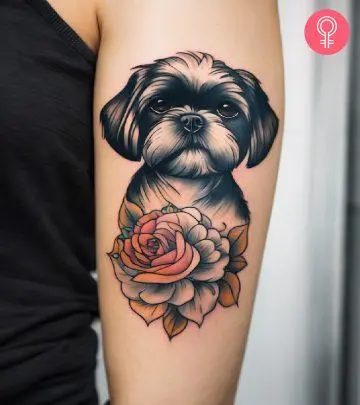

Community Experiences
Join the conversation and become a part of our empowering community! Share your stories, experiences, and insights to connect with other beauty, lifestyle, and health enthusiasts.